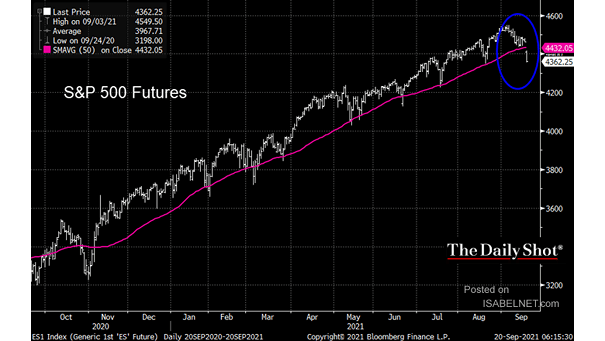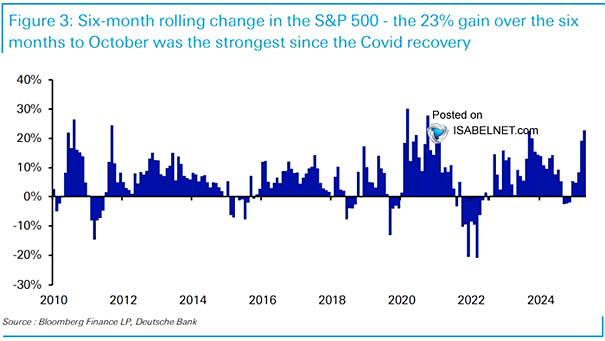S&P 500 Consecutive Trading Sessions Above 50-Day Moving Average
S&P 500 Consecutive Trading Sessions Above 50-Day Moving Average The S&P 500’s 138-day rally above its 50-day moving average has come to an end, snapping the index’s second-longest run this century and putting volatility back in the spotlight. Image: Bloomberg


